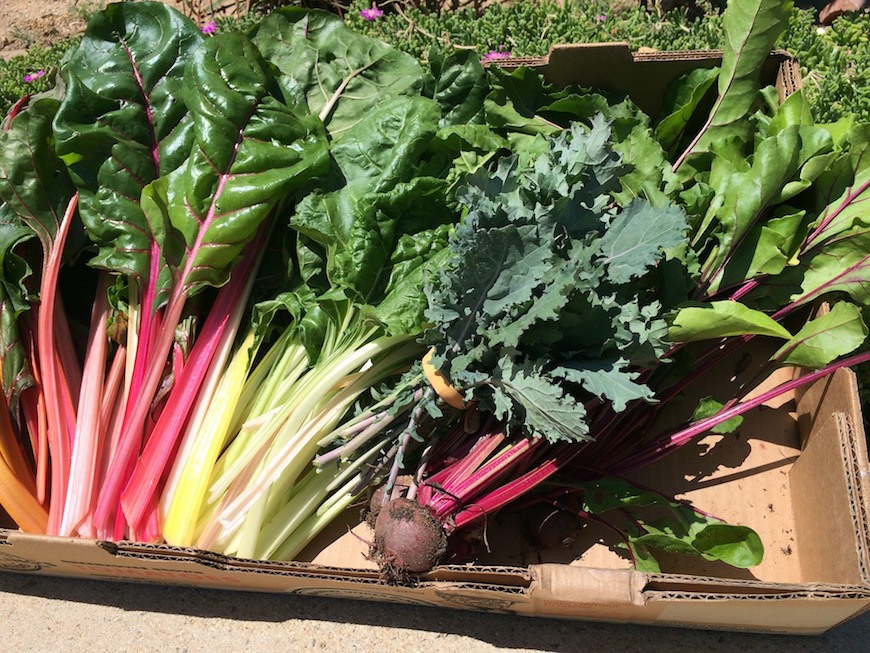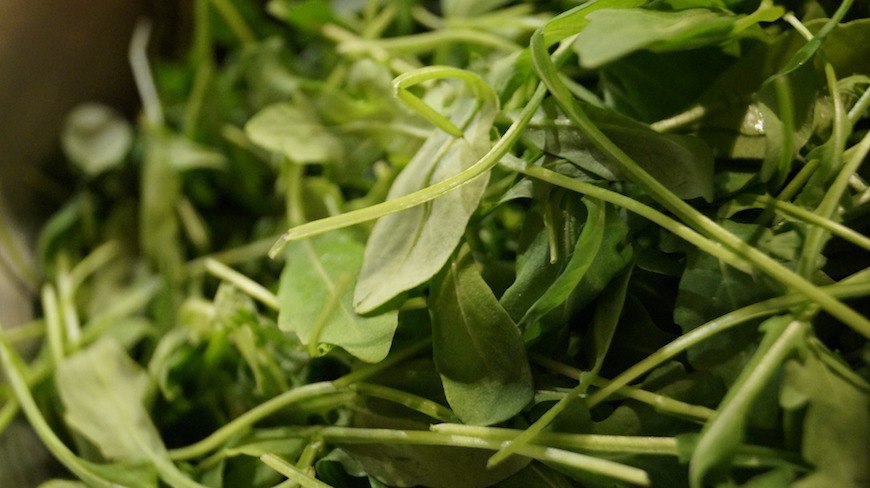A Dietitian Shares Her Secrets to Getting the Best Produce at the Farmers’ Market
"The biggest thing to keep in mind is that just because something is at the farmers' market doesn't mean it's organic," Lockwood Beckerman says. If something isn't clearly labeled as organic, she says to ask the vendor straight-up. "That's one of the benefits of having the people who grow the food there; you can ask questions," she says.
Here, Lockwood Beckerman shares her tips on buying some of the most popular summer fruits and veggies—and making sure they don't go bad before you have the chance to eat them. Keep reading for her smart tips.
Scroll down for a dietitian's secrets to picking the healthiest summer staples at the farmers' market.

Watermelon
Watermelon is basically summer's mascot. Whether you like to eat yours by the slice or plan on casually whipping up a watermelon cake, Lockwood Beckerman has some tips on making sure you're getting one that's ripe and ready. "First, pick it up and make sure it feels dense," she says. "If it feels light, that means it isn't ripe yet." Another way she says to tell is by looking for a yellow splotch, another telltale sign it's ready to eat.

{{post.sponsorText}}
"Last, I would give it a little knock," she says. "If you knock and it feels hollow, that means it's ripe." Nevermind the stares; you're the one about to walk away with the prize watermelon.

Tomatoes
Lockwood Beckerman can tell if tomatoes are ripe with just a single glance: "Check out the stem," she advises. "If it's bright green, that means it's underripe." If you still take 'em home and want them to ripen later, Lockwood Beckerman says you can speed up the ripening process by putting them in a paper bag. "Putting a slice of banana or apple speeds it up even further," she says.

Peaches
"People say you can tell if a peach is ripe or not by [seeing] if it smells sweet, but that's only part of the equation," Lockwood Beckerman says, adding that you also should consider the texture. "It shouldn't feel too mushy, but not overly firm either." All your years of manhandling avocados, pressing them for the perfect texture, has prepared you for this moment; the skill totally transfers.

Herbs
Once you take your herbs home, Lockwood Beckerman says it's best to treat them similar to how you do flowers: Pick them at the stem and then keep them in a mason jar or cup of water. "Except for basil, which is the one herb most people mess up," she says. "Basil shouldn't be kept in direct sunlight or in the fridge because it will spoil and turn brown. And no one wants brown basil." Instead, store in the kitchen at room temperature, with a plastic bag covering the bundle.

Swiss chard
As far as greens go, Swiss chard is hot right now, and Lockwood Beckerman says it's key to check out those stems. "It should be crisp like a celery stick," she says. That means it has retained its moisture. Also, any signs of brown at the stem mean it's already over the hill, nutritionally speaking.

Arugula and spinach
Even at the farmers' market, it's pretty common to see arugula and spinach in plastic containers, pre-washed and ready to eat. "Just eyeball it for any yellow," our experts says. "The yellow is an indication that the chlorophyll is losing its nutritional value. You want it to be crisp and vibrant." The same rules apply if you're buying the greens loose.

Corn
Corn on the cobb is a quintessential summer food, and when it comes to buying the best, Lockwood Beckerman says to check out the husks. "They should be green, yellow, and brown—not black—and they should be sticky," she says. If the husks are dry, it means they're overripe. "You can also peel the husks back a little and see how plump the kernels are," she says. And yes, plump is good.
Here's how to wash your produce correctly once you get your loot home. And buyer's beware: These are the most contaminated foods—yes, even at the farmers' market.
Loading More Posts...